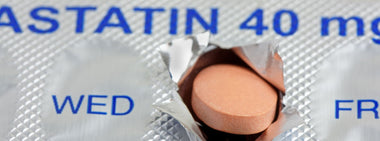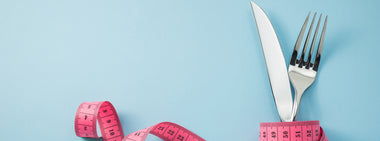The Importance of Eating Less Sodium for High Blood Pressure & Heart Health
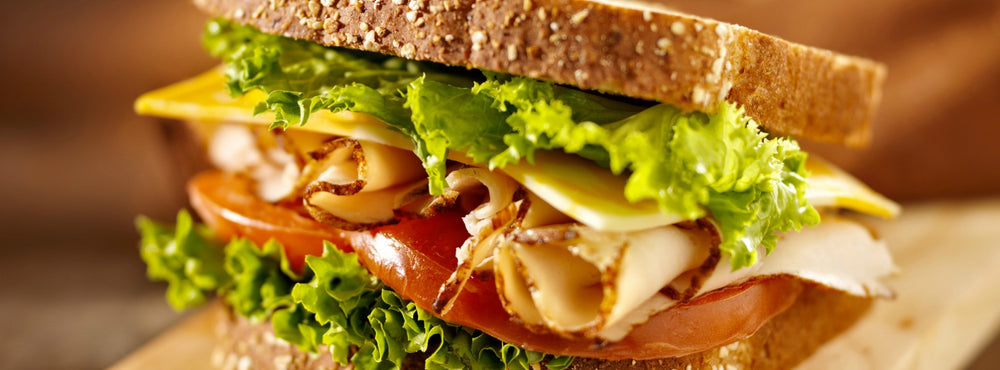
If you’ve been diagnosed with high blood pressure, your doctor has probably told you to cut back on your sodium. If you were successful, congratulations, because cutting back on sodium can be very hard to do.
An Introduction To Sodium Intake”
When people start reducing sodium, they usually start with their own salt shaker. One of the most common things we hear is that people “never add salt to their food.” Unfortunately, that’s not a good indicator of success.
More than 75% of the sodium Americans eat comes from restaurant, prepackaged and processed foods. Only 5% is added during home cooking and only 6% is added at the table. The remaining 12% occurs naturally in food. Your food is loaded with sodium even before you pick up the salt shaker.
Recommended Dietary Guidelines
So, how much sodium should you be eating? The average American takes in 3400 mg per day but the 2015-2020 Dietary Guidelines for Americans recommend that people consume less than 2300 mg. We recommend an upper limit of 1500 mg because even people who are very active and lose sodium by sweating don’t need more than 1500 mg in one day.
The Importance of a Low Sodium Diet
Why is it important to reduce sodium in your diet? Because extra sodium in the blood stream causes more water to be retained inside your blood vessels, increasing blood volume and causing blood pressure to rise. Higher blood pressures mean more wear and tear on your arteries, accelerating plaque buildup and predisposing you to blood vessel rupture. That translates into an increased risk for heart attack and stroke.
Increased water retention inside blood vessels can also lead to edema – the accumulation of fluid within tissues, like those in your feet and around your ankles. If you get ankle swelling, one of the most important things you can do is reduce the amount of sodium in your diet.
Finally, if your heart function is compromised for any reason, increasing blood volume can put an extra strain on your heart leading to shortness of breath and even fluid accumulation in the lungs. Individuals diagnosed with congestive heart failure have to be especially meticulous about controlling sodium in their diet.
Limit Processed Foods High in Sodium
The easiest way to start cutting back is to limit your consumption of processed foods which are high in sodium. Some of the foods on this list might surprise you because many of them do not taste salty.
Top Sources of Sodium
• Breads and rolls
• Cold cuts and cured meats
• Pizza
• Poultry
• Soups
• Sandwiches
• Cheese
• Pasta dishes (not even including mac and cheese)
• Meat dishes
• Snacks
Here’s another one that might surprise you. This is a typical sandwich that appears to be a healthy choice. In reality, it’s actually a salt bomb.

To really know how much sodium you are ingesting, you have to read nutrition panels. And don’t forget your beverages. Gatorade has 110 mg per cup.
About Step One Foods Ingredients
At Step One Foods, we take sodium content very seriously because we know that unless you are cooking everything from scratch, chances are very high that your sodium intake is higher than advised. All of our foods have no added salt and contain the lowest sodium levels possible. In fact, our oatmeal and the dark chocolate peanut butter cluster contain only 5 mg of sodium per serving, while the sprinkle, cranberry pecan bar and chocolate crunch bar contain no sodium at all.
So if you have been advised to reduce sodium in your diet, Step One Foods are the perfect choice.
__________________________________________
References:
http://www.cdc.gov/salt/sources.htm
https://health.gov/dietaryguidelines/2015/guidelines/
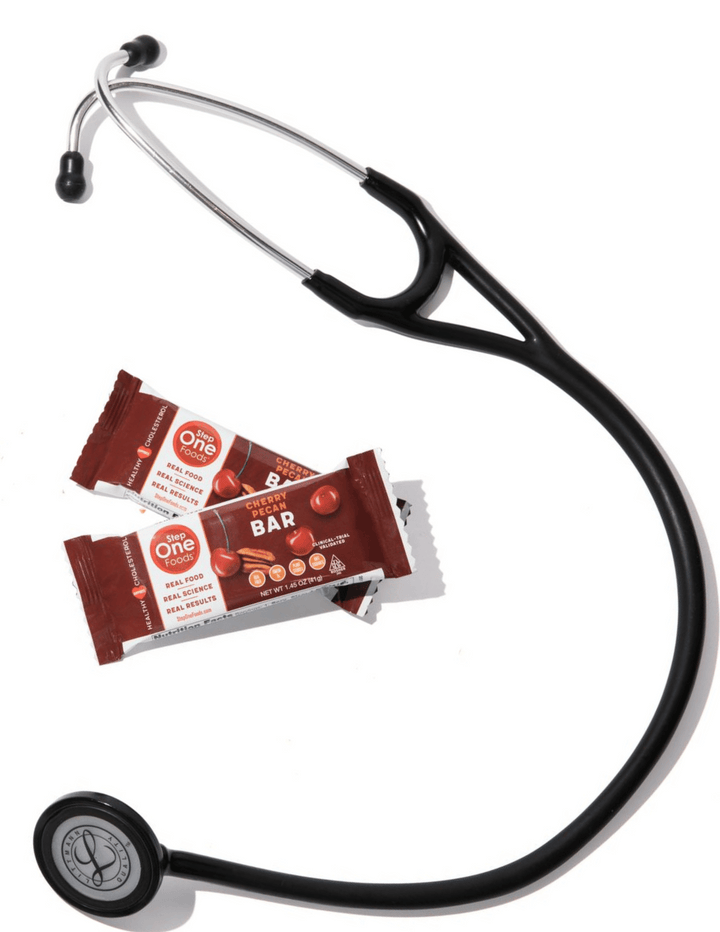
Tested & Proven Results.
- Cardiologist formulated
- Supported by over 500 publications
- Clinically-proven, in a double-blind randomized trial with Mayo Clinic and The University of Manitoba
80% of participants lowered their cholesterol in just 30 days. With just two servings per day, Step One Foods offers a proven-effective way to naturally lower LDL (bad) cholesterol.
Get heart health tips and articles like this, delivered right to your email.
New articles every week.
You may also like...
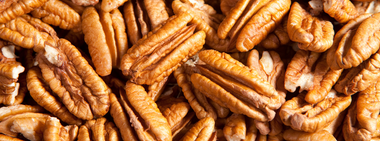
The Next Super Food: How Pecans Help Lower Cholesterol
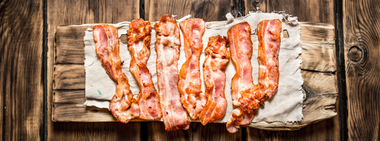
You don’t need to avoid foods with cholesterol…except for these
